Self-Inflating Tires…Soon To Be A Reality?
Driving around on underinflated tires is just a bad idea all the way around. Underinflated tires increase a car’s rolling resistance, meaning a drop in fuel efficiency since it takes more energy to move the vehicle down the road.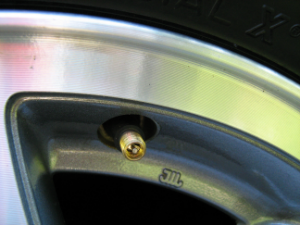
A single tire that’s down by ten pounds of air means a 3.3 percent drop in fuel economy…multiply that by all four tires, and you can figure on giving up ten percent of your gas mileage. The added friction and rolling resistance also means more heat is generated, and heat is the enemy of the internal structure of a tire. That heat will damage a tire to the point of failure. Studies show that underinflated tires are a full 25 percent more likely to fail, and at least half of one-car accidents involve a tire problem as a factor. And still, it’s estimated ...[more]
Winter Safety Tips – Don’t End Up In the Ditch!
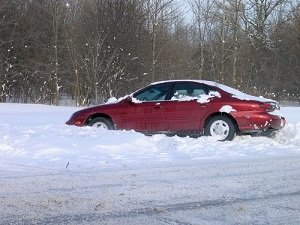
Get Ready for Summer Road Trips with New Tires
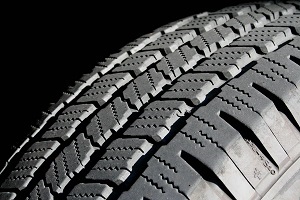
4 Budget Friendly Ways to Improve Mom’s Ride
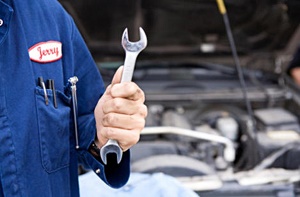
9 Tips for your Spring Vehicle Checkup
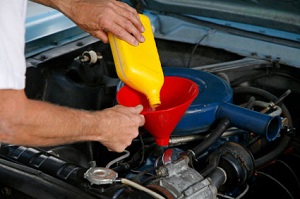 The temperatures are inching upward, the days are getting longer and the first buds are starting to appear on the trees. Spring is on its way, and soon it’s going to be time to do a little preventive maintenance on your ride. No need to dread it -- it’s all pretty routine stuff!
The temperatures are inching upward, the days are getting longer and the first buds are starting to appear on the trees. Spring is on its way, and soon it’s going to be time to do a little preventive maintenance on your ride. No need to dread it -- it’s all pretty routine stuff!
- Air filter - If you haven’t changed your air filter since last year (or can’t remember when you changed it at all), it might be time. It’s an easy and cheap fix, and it pays off in your vehicle’s performance and fuel economy.
- Cabin filter - Older vehicles often don’t have a cabin filter, but it can make a lot of difference in how pleasant your vehicle is to drive. Stale, smelly air? Change it!
- Wipers -- Get a good look at them. Are they showing signs ...[more]
Daylight Saving Ends - Check Your Vehicle Lights
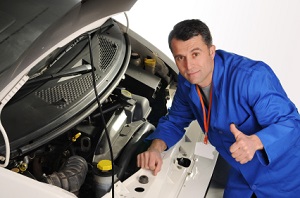 Prepare for the end of Daylight Saving Time with proper maintenance of vehicle lighting to ensure safety. After November 2nd, clocks “fall back” which causes most drivers’ commutes to be in darker lighting, being that dusk will occur during peak hours of evening traffic hours. As winter quickly approaches, vehicle lighting should be inspected to ensure optimum visibility for drivers in dim or inclement conditions that command top quality operations of both lighting and windshield wipers.
Prepare for the end of Daylight Saving Time with proper maintenance of vehicle lighting to ensure safety. After November 2nd, clocks “fall back” which causes most drivers’ commutes to be in darker lighting, being that dusk will occur during peak hours of evening traffic hours. As winter quickly approaches, vehicle lighting should be inspected to ensure optimum visibility for drivers in dim or inclement conditions that command top quality operations of both lighting and windshield wipers.How to Avoid Tire Blowouts
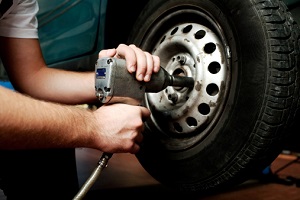 Through proper care and treatment of tires, serious or fatal accidents caused by blowouts are highly preventable if proper precautions are taken. Because tire blowouts can develop from many situations, drivers should strive to be aware of tire conditions and schedule professional check-ups accordingly. This is especially true during transitional weather periods. Take particular care to examine tire conditions as quickly changing temperatures can cause weak tires to fail.
Through proper care and treatment of tires, serious or fatal accidents caused by blowouts are highly preventable if proper precautions are taken. Because tire blowouts can develop from many situations, drivers should strive to be aware of tire conditions and schedule professional check-ups accordingly. This is especially true during transitional weather periods. Take particular care to examine tire conditions as quickly changing temperatures can cause weak tires to fail.Back-to-School Car Maintenance Checklist
 As summer quickly comes to a close, fall is right around the corner! And with fall comes several items that need to be on the “back-to-school check list” to help students prepare for their upcoming school year.
As summer quickly comes to a close, fall is right around the corner! And with fall comes several items that need to be on the “back-to-school check list” to help students prepare for their upcoming school year. 